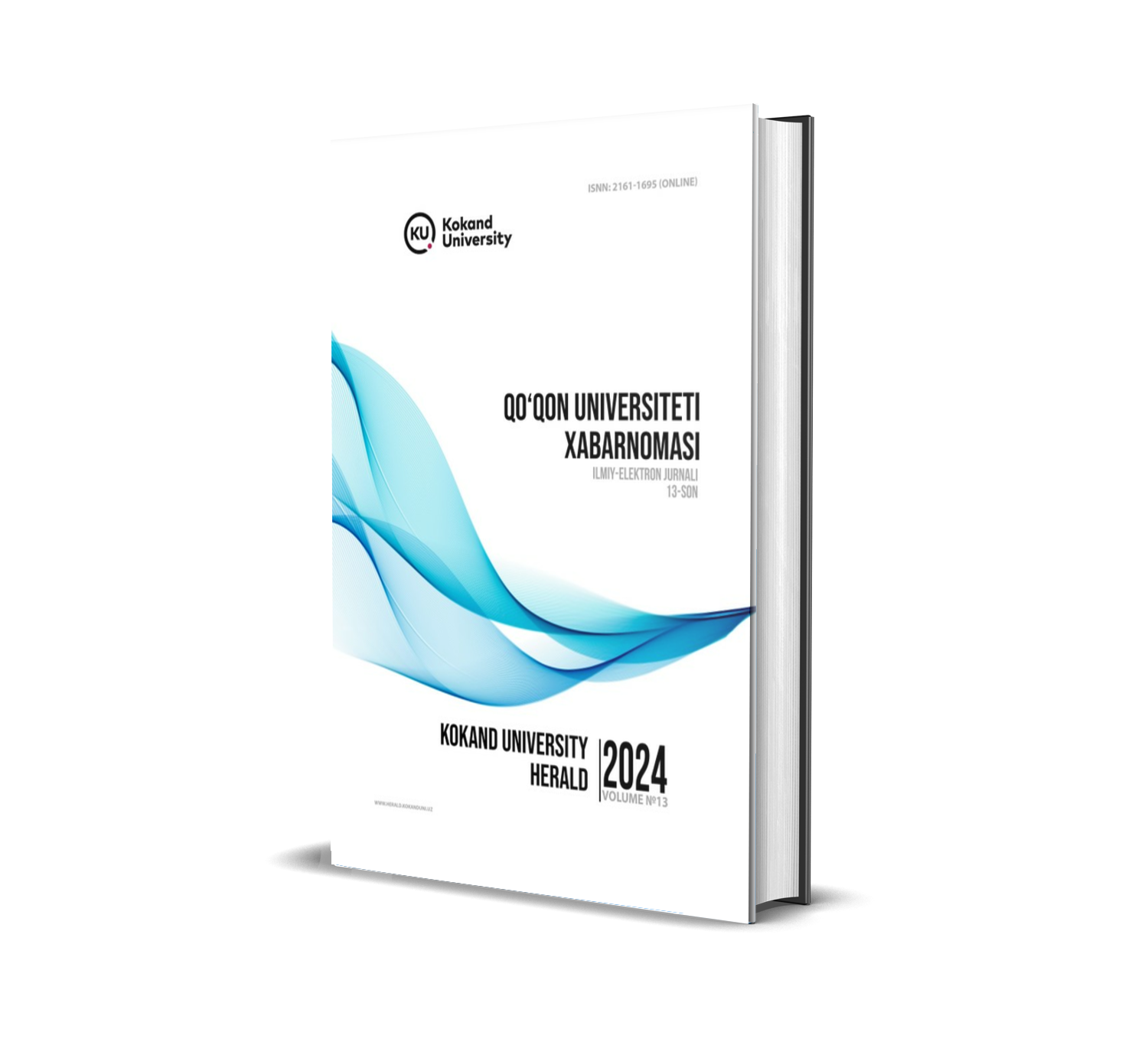PRAGMATIC FEATURES OF REPROACH IN SPOKEN AND WRITTEN DISCOURSE
DOI:
https://doi.org/10.54613/ku.v13i.1079Keywords:
Reproach, Pragmatics, Speech Act Theory, Discourse Analysis, Spoken vs. Written Communication, Interpersonal Communication.Abstract
This study investigates the pragmatic features of reproach in both spoken and written discourse. Reproach, defined as a speech act conveying disapproval or criticism, is a key component in interpersonal communication and is used to manage social relationships. Using a combination of qualitative and quantitative methods, the research analyzes how reproach is realized in spoken and written forms, exploring the differences in strategies and their functions. Drawing on data from both natural conversations and written texts, the study examines the contextual factors that influence the pragmatics of reproach. The findings reveal that while the core strategies of reproach are similar across modalities, their realization and social impact differ significantly between spoken and written forms. These differences are attributed to factors such as immediacy, tone, and the ability to modulate the force of the reproach.
Foydalanilgan adabiyotlar:
Brown, P., & Levinson, S. C. (1987). Politeness: Some universals in language usage. Cambridge University Press.
Holmes, J. (1995). Women, men, and politeness. Longman.
Searle, J. R. (1969). Speech acts: An essay in the philosophy of language. Cambridge University Press.
Clark, H. H. (1996). Using language. Cambridge University Press.
Holmes, J. (2000). Politeness, power, and gender in discourse. Pragmatics, 10(3), 293–308.
Haugh, M. (2015). The pragmatics of reproach: A discourse analytic approach. Journal of Pragmatics, 85, 63-82.
Drew, P., & Heritage, J. (1992). Talk at work: Interaction in institutional settings. Cambridge University Press.
Grice, H. P. (1975). Logic and conversation. In P. Cole & J. L. Morgan (Eds.), Syntax and semantics 3: Speech acts (pp. 41-58). Academic Press.
Coates, J. (1996). Women talk: Conversation between women friends. Blackwell.
Ochs, E. (1992). Indexing gender. In A. Duranti & C. Goodwin (Eds.), Rethinking context: Language as an interactive phenomenon (pp. 335-358). Cambridge University Press.
www.dissercat.ru
kizi Mukhtorova, M. M., & Djumabayeva, J. S. (2022, August). WAYS OF EXPRESSING REPROACH DEPENDING ON THE TYPE OF THE SENTENCE IN THE ENGLISH LANGUAGE. In INTERNATIONAL CONFERENCES (Vol. 1, No. 15, pp. 122-126).
Mukhtorova, M., & Ilxomov, X. (2024). HOW TO IMPROVE LISTENING SKILLS OF BOTH ESL AND EFL STUDENTS. QO ‘QON UNIVERSITETI XABARNOMASI, 11, 84-86.
Мухторова, М. (2024). ПРАГМАТИЧЕСКИЕ ОСОБЕННОСТИ РЕЧЕВОГО АКТА" УПРЁК" В АНГЛИЙСКОМ, РУССКОМ И УЗБЕКСКОМ ЯЗЫКАХ. Talqin va tadqiqotlar ilmiy-uslubiy jurnali, 2(56), 146-150.
Downloads
Published
Iqtiboslik olish
Issue
Section
License
Copyright (c) 2025 QO‘QON UNIVERSITETI XABARNOMASI

This work is licensed under a Creative Commons Attribution 4.0 International License.

